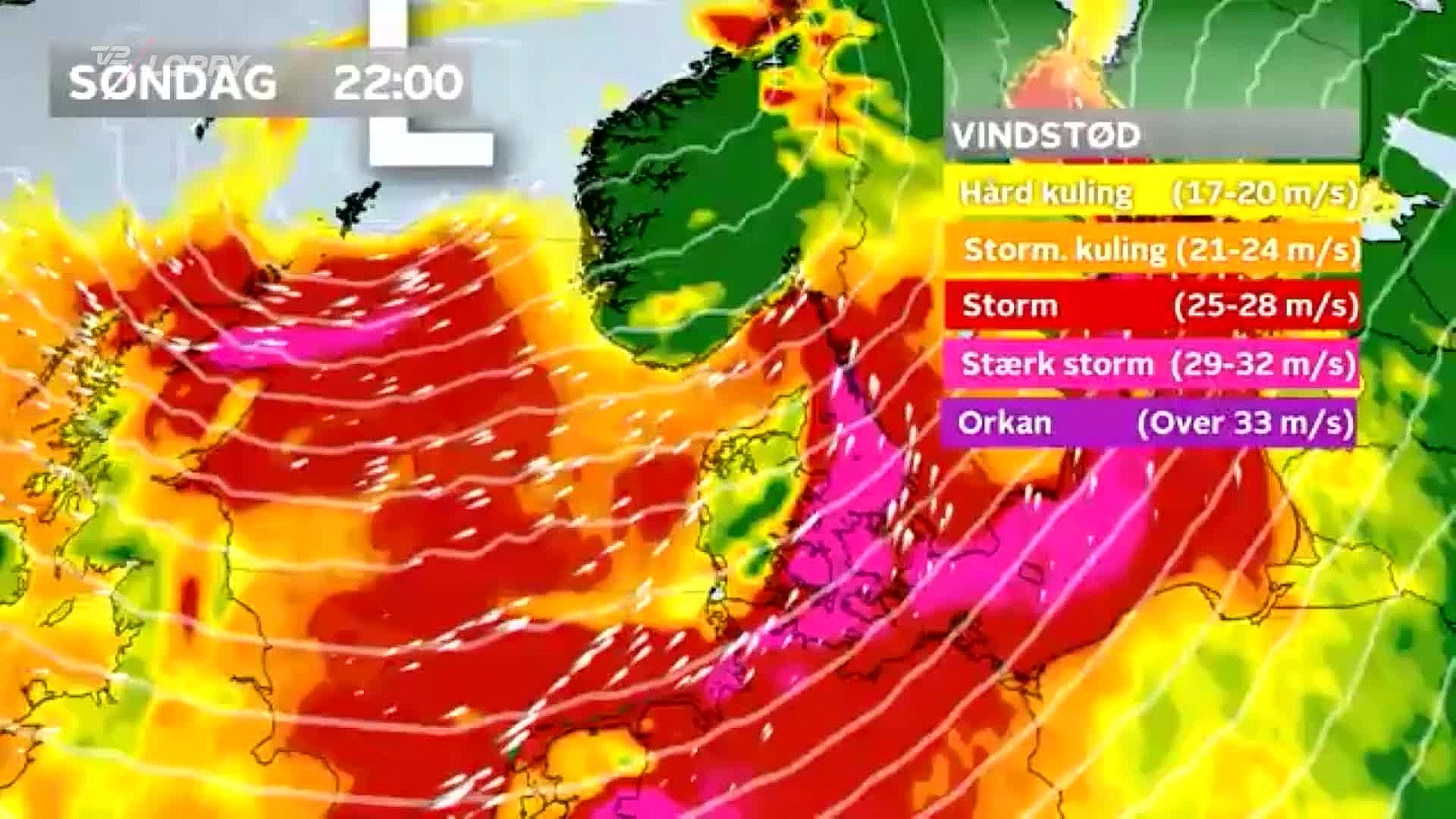
Introduction
On Saturday, January 28th, 2023, Storm Otto ravaged Denmark, leaving a trail of destruction in its wake. The storm brought with it gale-force winds with gusts exceeding hurricane force, causing widespread power outages, transportation disruptions, and property damage.
The Path of Destruction
The storm first made landfall in northern Jutland, bringing with it hurricane-force winds that gusted up to 145 kilometers per hour (90 miles per hour). The winds ripped through the region, causing significant damage to buildings, uprooting trees, and downing power lines. As the storm moved southward, it weakened slightly but still brought with it strong winds and heavy rain, causing further disruption and damage.
Affected Areas
The following areas in Denmark were particularly hard hit by the storm:
- Northern Jutland
- Central Jutland
- Funen
- Zealand
- Bornholm
Response and Recovery
Authorities responded quickly to the storm, deploying emergency crews to clear debris and restore power. The Danish Meteorological Institute (DMI) issued severe weather warnings and advised people to stay indoors and avoid unnecessary travel. Transportation services were suspended in many areas due to the strong winds, leaving many commuters stranded.
Power Outages
One of the most significant impacts of the storm was the widespread power outages it caused. At the peak of the storm, over 300,000 households in Denmark were without power. The outages were caused by the high winds, which damaged power lines and transformers. Power companies worked around the clock to restore power, but some areas remained without electricity for several days.
Data and Analysis
The DMI has released a map showing the distribution of hurricane-force wind gusts across Denmark during the storm. The map reveals that the strongest winds were concentrated in northern and central Jutland, with gusts exceeding 140 kilometers per hour (87 miles per hour) in some areas.
Comparison with Previous Storms
Compared to other recent storms that have hit Denmark, Storm Otto was relatively moderate in terms of wind speed. However, it was still a significant event, causing widespread damage and disruption. The following table compares the wind speeds and impacts of Storm Otto with those of two other major storms that hit Denmark in recent years:
| Storm | Date | Maximum Wind Speed (km/h) | Impacts |
|---|---|---|---|
| Storm Otto | January 28, 2023 | 145 | Hurricane-force winds, widespread power outages, transportation disruptions, property damage |
| Storm Malik | January 29, 2022 | 152 | Hurricane-force winds, widespread power outages, transportation disruptions, property damage, three fatalities |
| Storm Urd | December 26, 2021 | 140 | Hurricane-force winds, widespread power outages, transportation disruptions, property damage |
Perspectives and Analysis
The storm has sparked a debate about Denmark's preparedness for severe weather events. Some experts believe that the country needs to invest more in infrastructure and disaster preparedness measures to mitigate the impacts of future storms. Others argue that it is more important to focus on reducing greenhouse gas emissions and transitioning to a more sustainable energy system to prevent the frequency and severity of extreme weather events in the long term.
Climate Change and Extreme Weather
There is a growing consensus among scientists that climate change is increasing the frequency and severity of extreme weather events around the world. As the global climate system becomes more disrupted, we can expect to see more storms like Otto, with stronger winds and more damaging impacts. It is therefore crucial that countries invest in both adaptation and mitigation measures to prepare for the challenges that lie ahead.
Conclusion
Storm Otto was a reminder of the vulnerability of Denmark to severe weather events. The storm caused widespread damage and disruption, leaving many people without power and transportation for several days. It also highlighted the need for the country to invest in infrastructure and disaster preparedness measures to mitigate the impacts of future storms.
Beyond Denmark, the storm serves as a wake-up call for all countries to take action on climate change. By reducing greenhouse gas emissions and transitioning to a more sustainable energy system, we can help to reduce the frequency and severity of extreme weather events and protect future generations from their devastating impacts.
